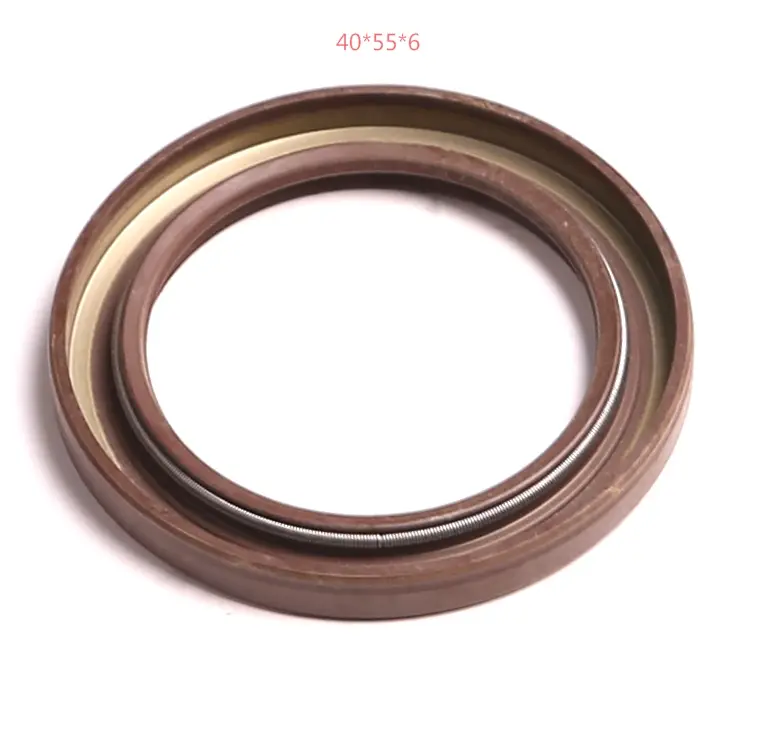10 月 . 10, 2024 17:48 Back to list
mechanical oil seal types
Understanding the Types of Mechanical Oil Seals
Mechanical oil seals play a crucial role in a wide range of industrial applications, effectively preventing the leakage of fluids and contaminants while ensuring the efficient operation of machinery. These seals are designed to withstand various pressures, temperatures, and environmental conditions, making them essential components in engines, pumps, gearboxes, and more. In this article, we will explore the different types of mechanical oil seals and their applications.
1. Flexible Lip Seals
Flexible lip seals are among the most commonly used types of mechanical oil seals. They consist of a rubber or elastomeric lip that makes contact with the shaft. The design allows for flexibility and adaptability, accommodating minor misalignments and variations in diameter. These seals are often used in scenarios where there is a need to prevent the passage of oil while allowing for some degree of movement. Ideal applications include automotive engines and various rotating machinery.
2. Rotary Seals
Rotary seals, also known as radial shaft seals, are specifically designed to embrace rotating shafts. They typically feature a metal case that provides structural support and rigidity, combined with an elastomeric lip that creates a tight seal against the shaft. Rotary seals are durable and can operate under a range of conditions, making them suitable for applications in pumps, electric motors, and hydraulic systems.
3. V-Rings
V-rings are unique sealing devices that are made from elastomer materials and are installed directly on the shaft. The V-ring assumes a conical shape, which allows it to maintain contact with the housing, creating a barrier that prevents dirt and contaminants from infiltrating the system. They are especially effective in applications where axial movement occurs, as they can accommodate shifting without compromising the seal's integrity.
mechanical oil seal types

4. O-Rings
O-rings are another fundamental type of mechanical oil seal. While they are not exclusively designed for rotating applications, O-rings are versatile and can be used effectively in static and dynamic sealing situations. Manufactured from a variety of materials, including rubber, silicone, and polyurethane, O-rings can withstand various temperatures and chemical exposures. Their circular cross-section allows them to compress when assembled, providing an effective seal under pressure.
5. Mechanical Seal Assemblies
Mechanical seal assemblies are more complex systems often used in applications that require higher performance levels. These seals typically consist of two primary components a rotating part attached to the shaft and a stationary part mounted to the housing. Mechanical seals are often used in pumps, where they must endure high pressure and prevent leakage of fluids. They can handle a variety of media, including hazardous chemicals, making them essential in the chemical processing industry.
6. Screw and Gasket Seals
For specific industrial applications, screw seals and gasket seals offer excellent solutions. Screw seals utilize threaded fittings to connect parts, ensuring a tight seal that can withstand significant pressure. Gasket seals, on the other hand, rely on compressible materials placed between two surfaces to create a seal. Both types of seals are commonly found in assembly applications where reliability and performance are crucial.
Conclusion
Understanding the various types of mechanical oil seals is vital for selecting the right seal for specific applications. Each type has its unique characteristics and suitability for different industrial environments, ranging from automotive engines to chemical processing equipment. Choosing the right seal not only enhances machine performance but also prolongs the life of machinery, reduces maintenance costs, and minimizes the risk of fluid leakage. With advancements in technology and materials, mechanical oil seals continue to evolve, offering better performance and reliability across a myriad of applications.